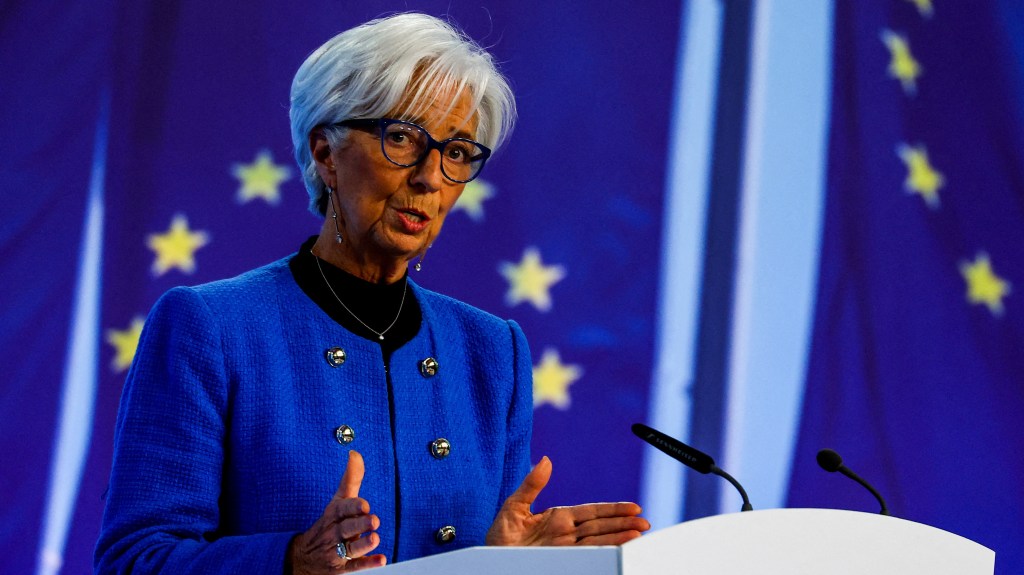Reclaiming VAT on Family Vans: What You Need to Know
Q. I am considering purchasing a van, specifically a Volkswagen Kombi or a Ford Tourneo, to accommodate my expanding family of four children. I have heard that it might be possible to avoid VAT or reclaim it when purchasing a commercial vehicle. Is this true, and how can I go about it? NM, Solihull
A. Let’s address the straightforward aspect first. You cannot reclaim any VAT unless you are a VAT-registered business buying the vehicle specifically for business purposes.
The VAT rules for second-hand vehicles are influenced by the VAT status of previous owners. VAT-registered purchasers can reclaim VAT but must add VAT to the sale price when they sell the vehicle. Once the vehicle transitions to a non-VAT-registered buyer, the VAT is collected by HMRC, making it impossible for any future buyers to reclaim it.
Consider Alice and Bob, who each purchase new Tourneos for their respective businesses. Both pay VAT at the point of sale, which is forwarded to HMRC by the dealer. Alice operates a fleet and is VAT-registered, enabling her to reclaim the VAT. Consequently, when she sells, she is required to charge an additional 20 percent VAT on the selling price.
Conversely, Bob is a sole trader, not VAT-registered, and thus cannot reclaim VAT. When he sells his vehicle, HMRC has already received their share, so he can market his Tourneo as a “no VAT” sale, allowing him to offer it without the added 20 percent.
This raises the question: will Bob’s Tourneo be less expensive for the next buyer? Not automatically. Alice, with her fleet, likely secured a discounted rate. For instance, if the list price was £36,000 including VAT, Bob paid the full amount alongside £6,000 VAT. Meanwhile, Alice negotiated a £1,000 discount, resulting in a sale price of £35,000. The VAT refund for Alice amounted to £5,833, which meant her actual cost was £29,167.
After three years, both Alice and Bob decide that a depreciation of 50 percent is acceptable. Bob lists his Tourneo for £18,000, with no VAT. Alice sets her price at £14,583 plus 20 percent VAT, totaling £17,500, which is slightly less than Bob’s.
However, Alice, being astute in business, thinks she can get £15,500 plus VAT, totaling £18,600. This price may appear less competitive, leading Chris, a private buyer, to view Bob’s £18,000 vehicle as a better deal.
Yet, another buyer, Dave, who is VAT-registered, can reclaim the VAT on Alice’s Tourneo, which means his net cost will be £15,500, making it a better deal than Bob’s vehicle where he cannot recover any VAT.
Furthermore, complications may arise if Alice and Bob opt for part-exchange with a dealer, who may re-sell the vehicles. Dealers generally apply the VAT second-hand margin scheme, paying VAT only on the profit made on each vehicle, and VAT cannot be reclaimed by any buyer, even those who are VAT-registered.
In summary, it is crucial to compare different options and consider the final price you will end up paying, acknowledging that VAT will not be recoverable. Evaluate factors such as mileage, service history, and the condition of comparable vehicles to secure the best deal. Tim Shallcross, independent expert
Feel free to submit your automotive questions below or send them to [email protected]




Post Comment